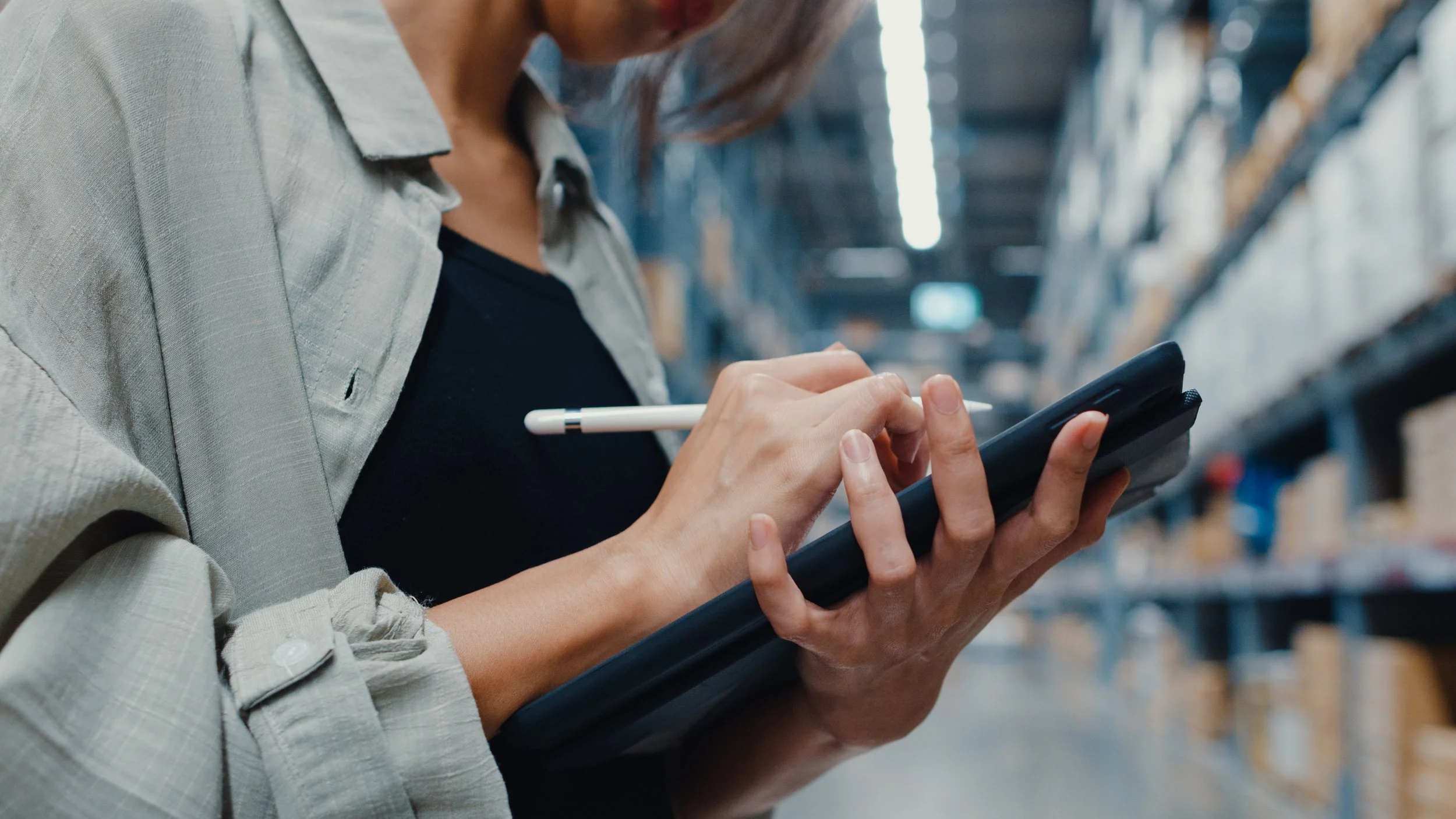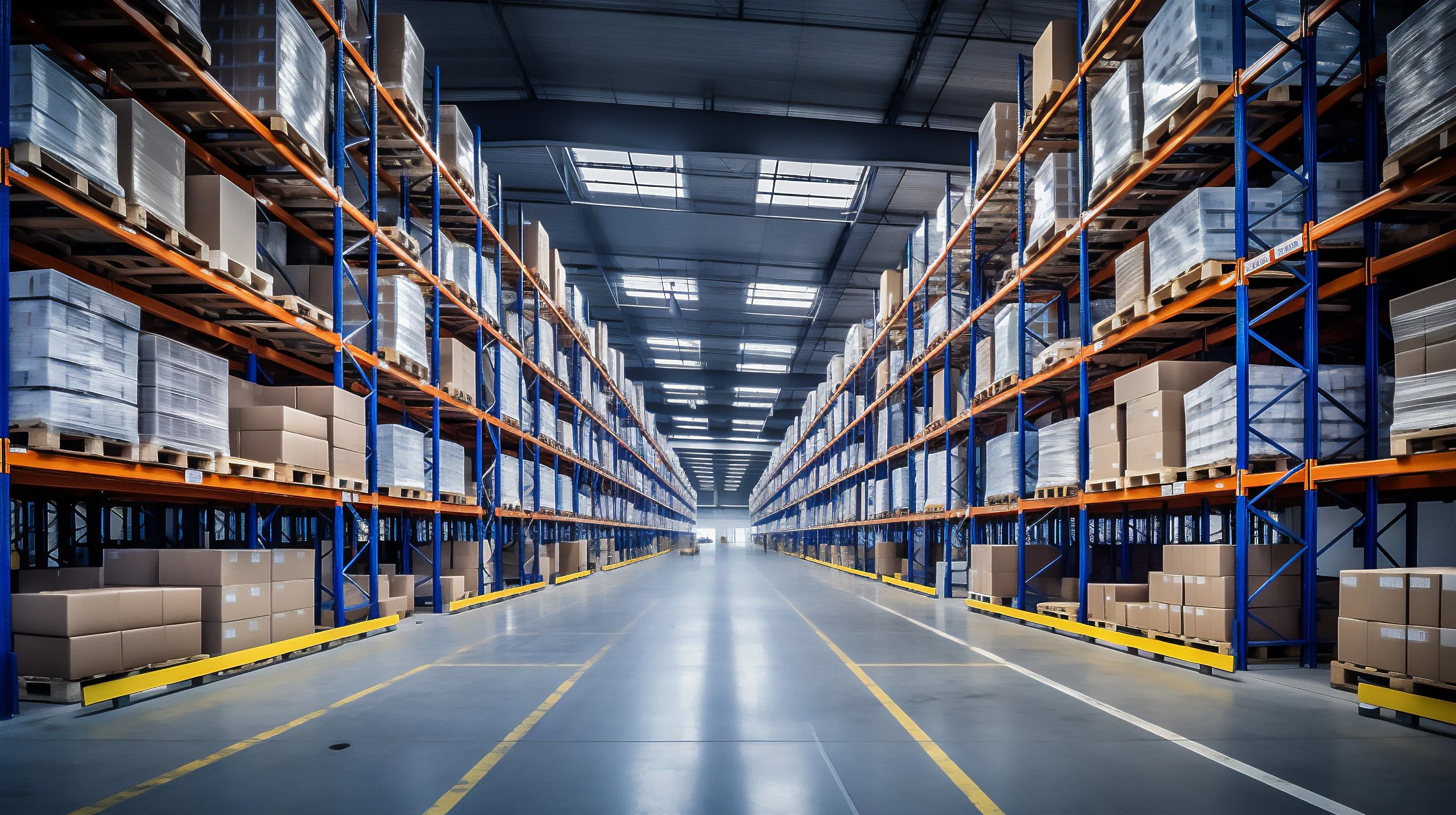Can you keep up with consumer demands for an omnichannel retail experience that doesn’t stop when they enter a store? Kelly Brown explains why liquor retailers are overhauling how they plan, build and deliver their CX, and shares three steps to take to remain relevant.
Customers today expect retailers to offer convenience, speed and value throughout the end-to-end shopping journey. They are more discerning and impatient, and don’t care that it can be hard to deliver – they only care about a great experience.
That is driving a massive shift in how liquor retailers plan, build and deliver their customer experience.
The retailers making the first move know that a compelling bricks-and-mortar presence blended with an improved digital offering can be leveraged for competitive advantage. And that means seamlessly integrating all back-end systems and channels to deliver experiences that align with customer expectations.
However, it’s complicated.
While liquor retail has always been challenging – fast service is non-negotiable, staff require specialised knowledge and transaction volumes are highly variable – this requires a fundamental transformation of the standard business model.
Liquor retail has been a laggard in creating new digital experiences and investing in technology to improve front- and back-end operations. Many liquor retailers have legacy solutions that are no longer fit for purpose and have bolted on solutions for the digital space that don’t easily integrate.
Brick-and-mortar sales still dominate, with online sales growing but still languishing at single-digit percentages of total sales-digit percentages of total sales. Change is difficult in a sector with regulatory restrictions on alcohol delivery, age verification requirements and the more ‘sensory’ experience a store can offer.
And at a time when 75% of retailers can’t connect their online and in-store transaction data, many struggle to deliver the cohesive, consistent unified experiences customers now expect.
So what steps can you take to differentiate your liquor retail business?
Here’s a three-pronged strategy that will help create the distinctive omnichannel experiences customers now expect:
1. Deliver a unified customer experience
Focus on the end-to-end needs of your customers and revamp the customer journey to expand your relationship beyond quick visits to stock up on beverages.
That means making purchasing online and in stores seamless and convenient through digital payments, endless aisle and ‘buy anywhere, fulfil anywhere’ services coupled with fast and flexible on-demand delivery options. In-store pickup can drive foot traffic to physical locations. And leveraging data from online interactions can help in upselling and cross-selling.
Take advantage of the shift in preference for neighbourhood shopping, with local product ranges tailored to each location and community, supported by bespoke promotional programmes.
Use apps and your website to provide customers with personalised recommendations, invites to virtual tastings or opportunities to reserve products for in-store pickup, increasing their engagement and loyalty.
The solution: Create a distinctive omnichannel customer experience by developing a strong brand, offering tailored convenience, expanding the breadth of product offerings (or moving into specialist categories) and generating new revenue streams.
2. Unlock the value in your inventory
As you work towards delivering a compelling in-store experience blended with a digital offering, you’ll need to see a real-time view of all your inventory. If you don’t know the quantity of an item, where it is located, its current price nor status, you can’t offer the ‘buy anywhere, fulfil anywhere’ options that are best for customers and most profitable for you.
However, the average inventory accuracy rate for retailers is estimated at 63%, meaning around one third of inventory records are inaccurate due to discrepancies between physical stock and what's recorded in inventory management systems. And liquor retailers face additional challenges, such as strict regulations, varying product availability and high SKU diversity, that compound these difficulties.
Inaccurate inventory stems from both systemic and operational challenges. Retailers often rely on traditional ERP systems or custom-built software that can’t provide the real-time updates needed for online sales and instant stock checks. On top of that, legacy systems not designed for real-time data exchange struggle to keep up with the demands of new sales channels, resulting in delayed or inaccurate product availability and pricing information.
The use of multiple, often disconnected systems for various retail operations further compounds the problem, creating data silos that hinder the development of a unified view of inventory, sales and customer interactions. And when things go wrong, many resort to a quick fix rather than real, lasting solution, which means missing out on chances to really improve the shopping experience and operational efficiency.
The solution: You’ll want a unified commerce platform that provides an accurate, real-time view of all your inventory and customer data across stores, DCs and digital channels. You’ll improve inventory accuracy, reduce stock requirements, minimise fulfilment costs and increase ranging capabilities.
3. Pivot into retail media services
To remain relevant and competitive in the future, you’ll want to venture beyond traditional retailing and enter new service categories with a higher level of profitability.
Retail media networks are emerging as one example in retail. A retail media network is a retailer’s advertising platform where they can sell ad space across all their digital assets, such as their website, apps, social channels and in-store digital screens.
With the demise of revenue from third-party cookies, retail media helps alcohol brands to advertise to the right audience - people who want to purchase alcohol and are legally entitled to do so - and drive higher conversions that increase sales. And as online alcohol sales grow – 15.2% growth is expected between 2022 to 2030 - so will advertising revenues for retailers.
The solution: With the alcohol industry’s advertising spend expected to reach $6bn in 2023, create a retail media division (or subsidiary) to capitalise on the advertising revenue opportunity and drive additional new growth.
Want help to differentiate your liquor business?
If you want to create distinctive and frictionless customer experiences across all physical and digital channels, get in touch. We’d love to help you develop a unified customer journey.




















